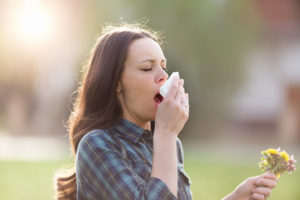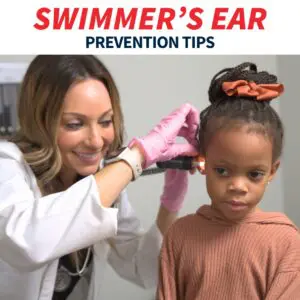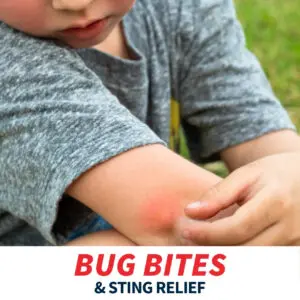Common Spring Allergies & Treatments
 Spring is a time of year that many look forward to, with warming weather and everything outside blooming back into life, beckoning us to get out and enjoy after a long winter. Of course, as plants and flowers bloom, spring allergies have many stuck indoors sneezing and sniffling.
Spring is a time of year that many look forward to, with warming weather and everything outside blooming back into life, beckoning us to get out and enjoy after a long winter. Of course, as plants and flowers bloom, spring allergies have many stuck indoors sneezing and sniffling.
Common Cause of Spring Allergies
The biggest culprit causing those annoying allergy symptoms is pollen. Blooming plant life, including trees, grass and weeds, release pollen as a way to help fertilize other plants. When you have allergies, it is essentially your body mistakenly identifying the pollen as a danger, releasing antibodies to attack. This releases histamines in your blood, which is what causes you to have a runny nose, itchy eyes, and more. Unfortunately, pollen is fairly widespread and travels across miles, so it is not easy to avoid.
How to Treat Spring Allergies – Medically
There are many medications available over-the-counter and by prescription that can help eliminate symptoms of allergies. Antihistamines lower the amount of histamine in the body to help reduce sneezing, sniffling and itching. Taking decongestants will shrink swollen blood vessels in your nasal passageways, which will help relieve congestion. Steroid nasal sprays are a top choice for treatment as they help decrease inflammation, and some can even stop the body’s release of histamine before triggering symptoms. For those who experience eye discomfort, eye drops can help relieve itchy, watery eyes.
If you have exhausted many different options to treat your allergy symptoms with no relief, it may be a good idea to try immunotherapy. Under the care of an allergy specialist, you would be gradually exposed to increased dosages of the allergen until your body can handle it. This treatment may not work for everyone, but it has been shown to relieve symptoms for longer than medications, and can even keep symptoms away for a few years.
How to Treat Spring Allergies – Naturally
While medications may help some, it isn’t always a great choice for everyone. There are some natural remedies to try that may help bring you some relief.
Vitamin C is a great boost to the immune system, and, according to a 2018 study, has shown that its antioxidant and anti-inflammatory properties may help treat allergy symptoms. It can be found naturally in several fruits and vegetables, like bell peppers, broccoli, cantaloupe, citrus fruit, kiwi, strawberries, and more. There are also supplements available to help boost your intake.
Butterbur, a plant extract from a shrub grown in Asia, Europe, and some areas of North America, has been used as a treatment for migraines and hay fever thanks to its antihistamine effects. However, it should be used with caution. Raw butterbur extracts have been found to contain specific alkaloid compounds that could cause liver damage or cancer. While there are extracts available without the compounds, it may still cause allergic reactions in individuals who are sensitive to ragweed, chrysanthemums, marigolds and daisies. It also could cause side effects like difficulty breathing, diarrhea, drowsiness, headache and itchy eyes.
Bromelain is an enzyme naturally found in pineapples in the core and juice. It helps against swelling and inflammation, and research has suggested it could help reduce allergic sensitization and allergic airway disease. It can also be found as a supplement, but could cause reactions such as menstruation changes, digestive upset, and an increase in heart rate. Of course, if you are allergic to pineapple, this natural remedy should be avoided.
Probiotics are microorganisms that help balance bacteria in the gut, and can be found in several supplements over-the-counter. Since they provide a boost to the immune system, it is suggested they also help the body naturally fight off allergy symptoms.
Quercetin, an antioxidant flavonoid, is naturally found in many foods and consumable plants, such as apples, berries, black and green teas, broccoli, grapes, Ginkgo biloba, red wine, and more. While some research suggests it boasts anti-allergic and antihistamine properties, there is not enough evidence to prove its efficacy, although supplements may work better than simply consuming food that contains quercetin. It is generally safe, but side effects may include headaches and a tingling sensation in the arms and legs.
If you have allergies and need help getting relief, visit one of our convenient locations today.




